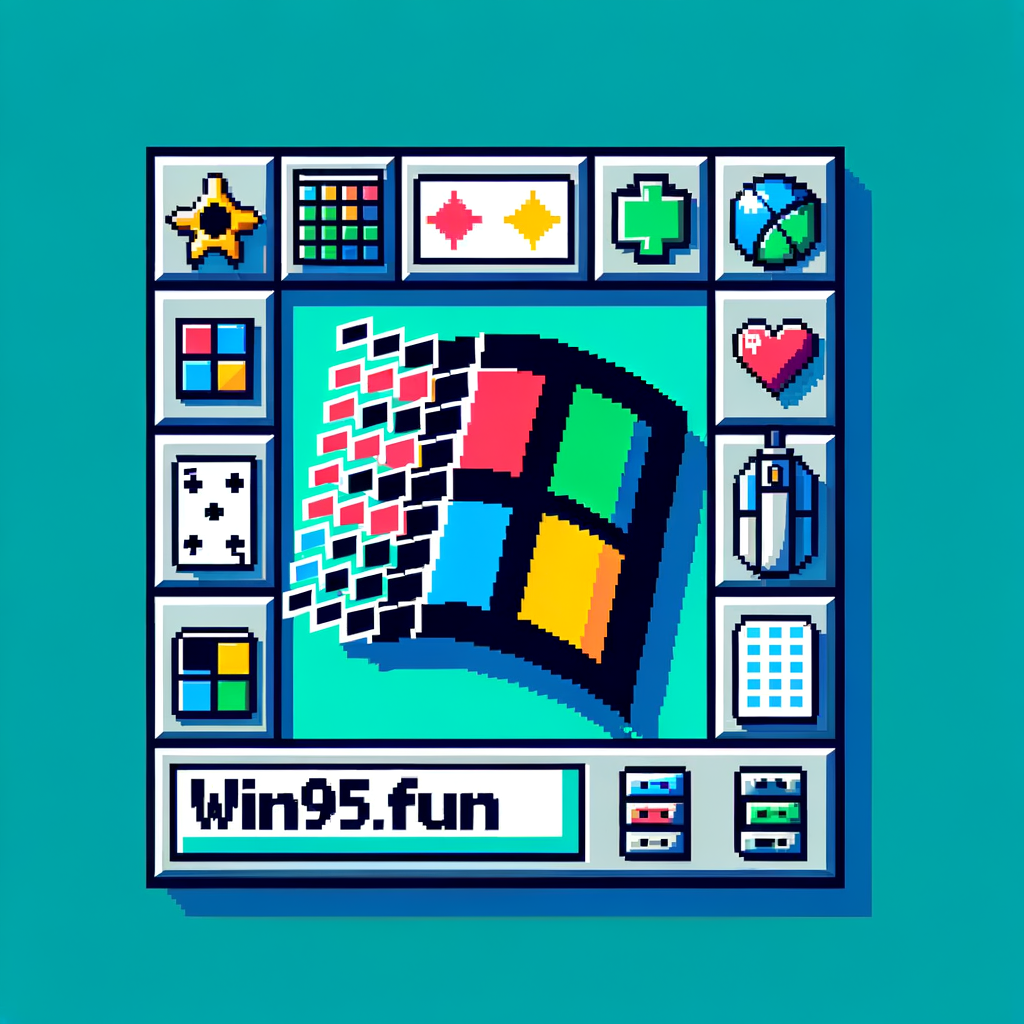The Art of Pixel: Why 8-Bit Graphics Still Captivate Us
In an era of photorealistic 3D graphics with ray-tracing and 4K textures, the deliberately constrained aesthetic of pixel art continues to thrive. What explains our enduring fascination with these blocky, limited representations that originated from technical necessity?
Born from Limitation
Early video game systems like the Atari 2600, NES, and Commodore 64 had severe technical constraints:
- Limited color palettes (often 16 colors or fewer)
- Low resolutions (typically 256×240 pixels or less)
- Minimal memory for storing graphics
- Restricted sprite sizes
These limitations forced developers to become masters of visual efficiency. Every pixel mattered when you only had a handful to work with.
The Art of Suggestion
The genius of pixel art lies in its ability to suggest rather than show. When Mario was just 16×16 pixels on the NES, players’ imaginations filled in the details. This participatory aspect of pixel art creates a unique bond between the game and the player.
As artist Mark Ferrari (creator of the iconic dithered pixel art in games like Loom) notes: “Pixel art doesn’t just communicate with the audience—it collaborates with them.”
Timeless Appeal
Unlike early 3D games that often look crude by modern standards, classic pixel art has aged remarkably well. There are several reasons for this:
- Stylization over realism - By embracing abstraction rather than attempting photorealism, pixel art sidesteps the uncanny valley
- Focus on fundamentals - Limited tools meant artists had to master color theory, composition, and animation principles
- Distinctive silhouettes - Characters needed to be instantly recognizable from minimal information
- Nostalgic connection - For many, pixel art connects to formative gaming experiences
Modern Pixel Renaissance
Today’s indie game scene has embraced pixel art not as a technical necessity but as a deliberate aesthetic choice. Games like Stardew Valley, Celeste, and Shovel Knight demonstrate how this classic style can feel simultaneously nostalgic and fresh.
At Win95.fun, we celebrate pixel art across our collection of games. Whether authentically retro or inspired by the classics, we believe the pixel aesthetic represents an important artistic tradition in gaming—one that continues to evolve and inspire new generations of players and creators.
